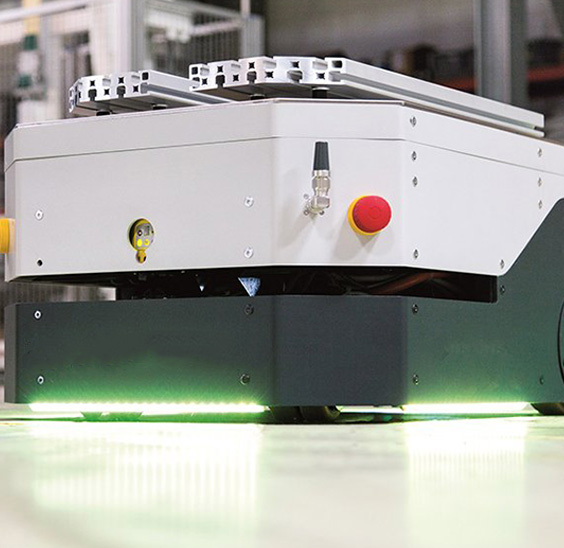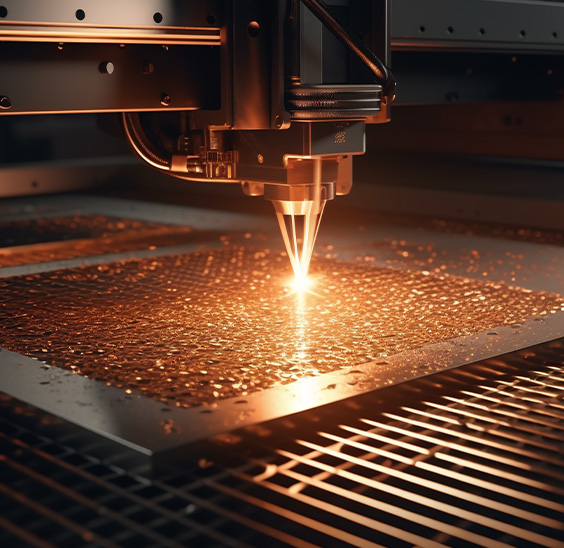Planetary Gear Motors: The Efficient Star of Modern Mechanical Transmission
In the rapid development of modern industry and technology, mechanical transmission devices are key components that connect power sources and actuators. Their performance and efficiency are directly related to the operating quality and cost of the entire system. Among many transmission devices, planetary gear motors stand out with their unique structure and performance, becoming the first choice in many fields.
Planetary gear motors are a mechanical transmission device that integrates speed reduction and torque increase. Its core components include sun gears, planetary gears, ring gears and planet carriers. The sun gear is located in the center and is the power input end; the planetary gears rotate around the sun gear and rotate on their own. These planetary gears are installed on a common bracket, namely the planet carrier; the ring gear is the outer large gear that surrounds the planetary gears and meshes with the outer side of the planetary gears.
The working principle of the planetary gear motor is similar to the movement of planets in the solar system: the sun gear is the center, the planetary gears revolve around it and rotate on their own, and the ring gear is the fixed outer orbit. By adjusting the relative motion between the sun gear, the planet carrier and the ring gear, the planetary gear motor can achieve different output speeds and torques. For example, when the sun gear is fixed, the planetary gear rolls in the ring gear, and the planetary carrier is used as the output to achieve a deceleration effect; when the planetary carrier is fixed, the sun gear drives the planetary gear, and the ring gear is used as the output to achieve an acceleration effect.
Advantages of planetary gear motors
Efficient transmission: The planetary gear motor adopts a multi-point meshing method, which effectively disperses the load and reduces the force on a single tooth, thereby improving the transmission efficiency. This means that more input power can be converted into effective output power, reducing energy loss.
Compact structure: The coaxial design of the planetary gear motor allows it to occupy less space under the same power transmission, which is particularly important for application scenarios with limited space.
Large load capacity: Since the load is evenly distributed among multiple gears, the planetary gear motor can withstand high loads better, improving the reliability and life of the system.
Variable speed ratio: By simply changing the gear combination, the planetary gear motor can achieve a variety of speed ratios and output characteristics to meet the needs of different working conditions.
Planetary gear motors have been widely used in many fields with their performance.
Industrial Automation: In industrial automation equipment such as conveyors, packaging machines, and injection molding machines, planetary gear motors can provide stable transmission effects and meet the speed regulation and torque transmission requirements in different process processes.
Automobile Manufacturing: Planetary gear motors are commonly found in gearboxes, engine drive systems, electric vehicle drive systems, and other parts of automobile manufacturing, providing reliable power transmission and speed regulation functions. Especially in the field of new energy vehicles, the efficient transmission and low noise characteristics of planetary gear motors make them an ideal choice for drive systems.
Aerospace: In the field of aerospace, the requirements for transmission devices are extremely demanding. Planetary gear motors are widely used in key components such as aircraft landing gear, engine drive systems, and navigation equipment due to their compact structure, high-precision transmission, and good environmental resistance.
Medical Equipment: In the manufacture of medical equipment, such as medical X-ray machines, CT scanners, surgical robots, etc., planetary gear motors provide stable transmission and precise motion control, ensuring the accuracy and reliability of medical equipment.


 EN
EN  English
English 中文简体
中文简体 русский
русский Español
Español


















